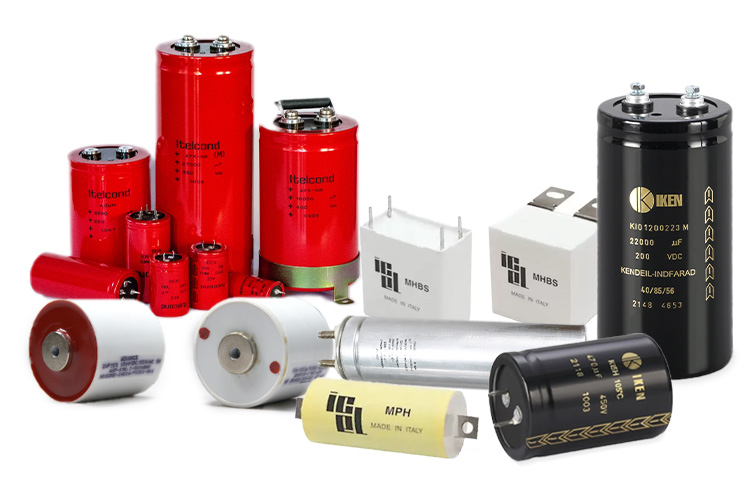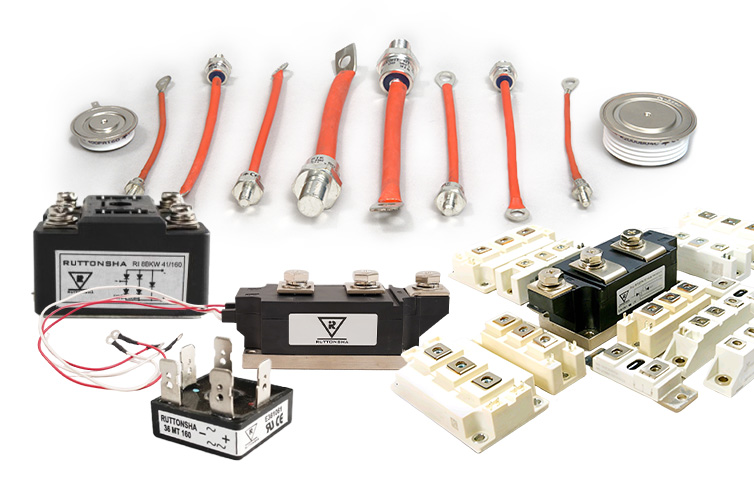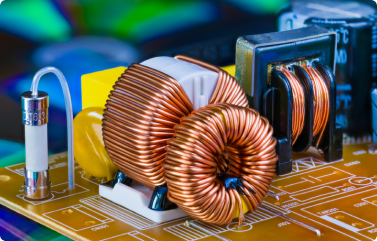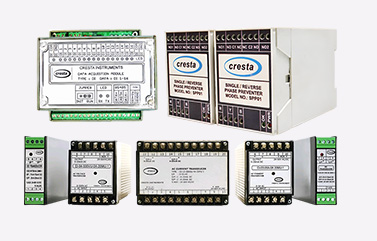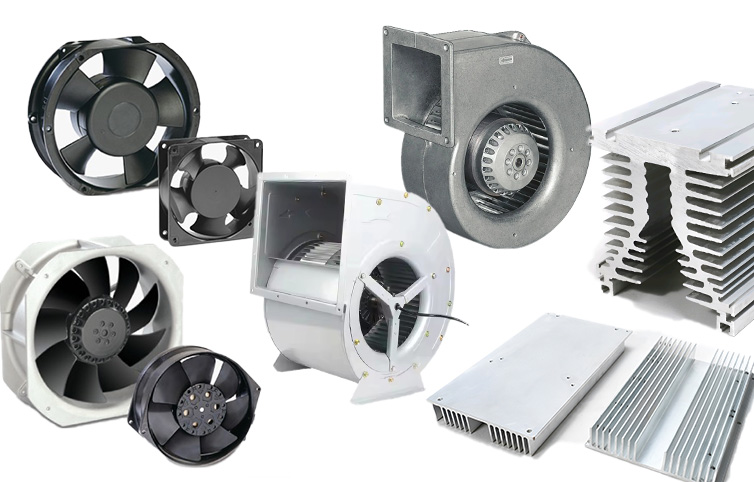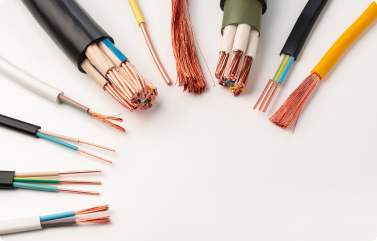
In the intricate world of electronic components, capacitors play a vital role in a wide array of applications, from power supply filtering to signal processing and energy storage. Ensuring these components are securely mounted and operationally stable is crucial for optimal performance and longevity. This is where capacitor clamps come into play. These specialized accessories are designed to provide robust mechanical support, secure fastening, and thermal management, making them indispensable in both industrial and consumer electronics. Capacitor clamps are mechanical devices used to hold capacitors firmly in place within electronic assemblies. They are crafted from high-grade materials, such as stainless steel, aluminum, or high-strength plastics, to provide durability and resistance to environmental factors. The primary function of these clamps is to secure capacitors, preventing movement and vibration that could lead to mechanical stress and potential failure.
Tap for enquiry